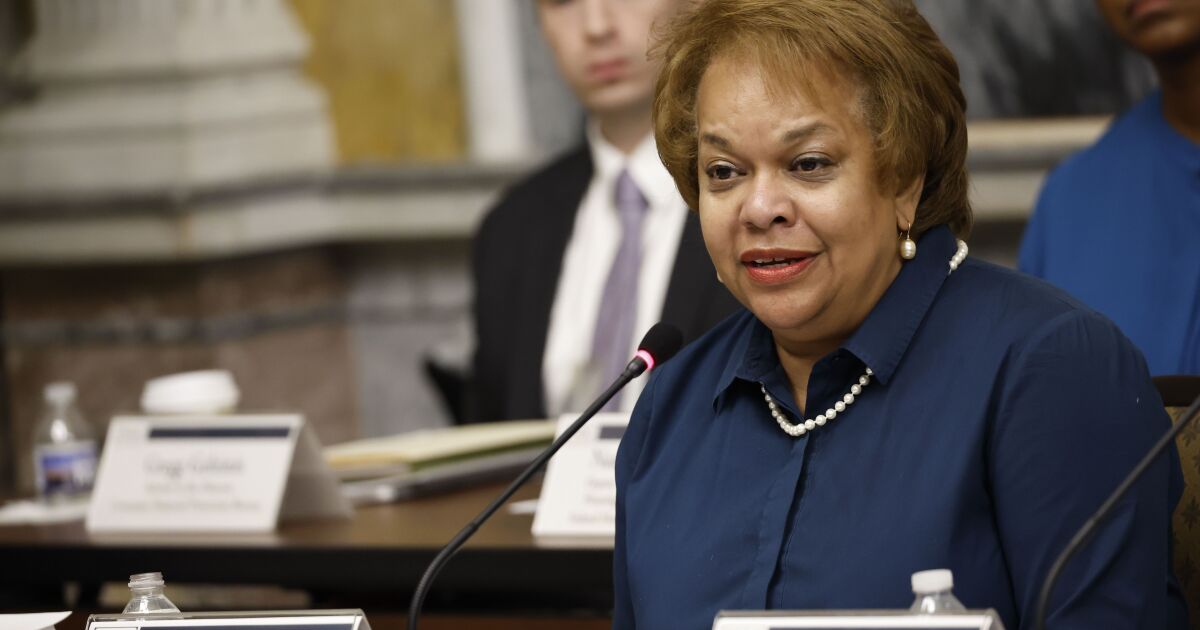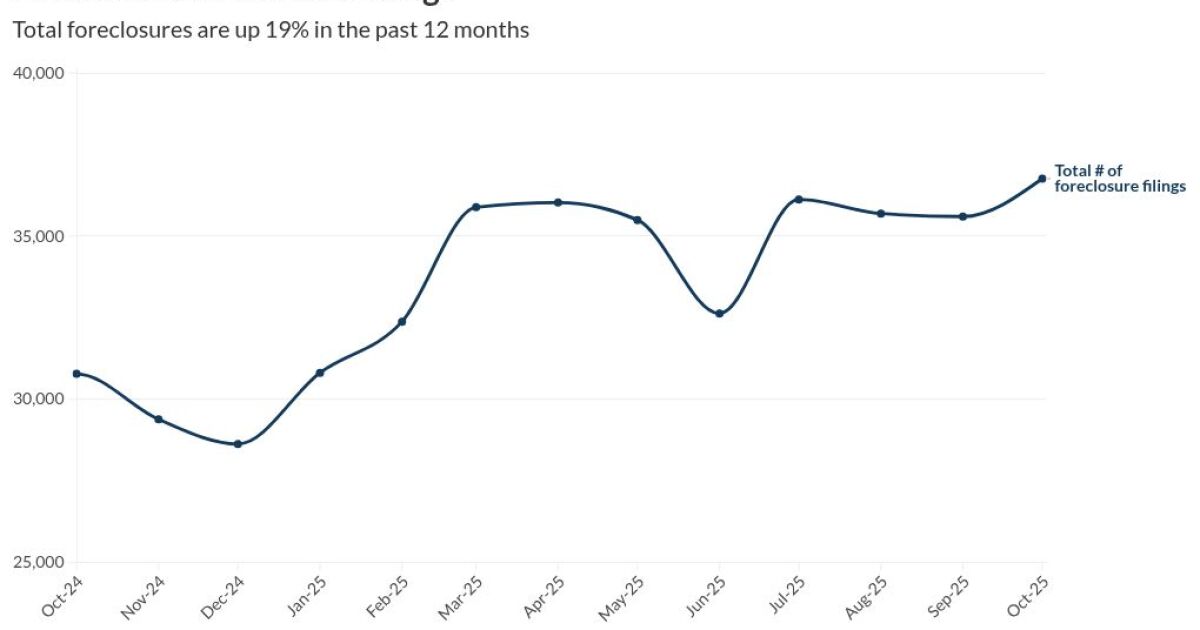
Two housing-policy experts whose previous recommendations have been closely followed by the Biden administration are defending the Federal Home Loan Banks, raising the stakes in a debate over whether a major overhaul is needed.
The new paper from Jim Parrott and Mark Zandi is an opening salvo in what will likely be a high-stakes battle over the future of the lenders. The FHLB system has come under fire in recent weeks for loans made to now-collapsed financial institutions Silicon Valley Bank, Signature Bank and Silvergate Capital Corp.
FHLB loans come with favorable interest rates due to implied U.S. government backing, despite the banks being cooperatives owned by financial institutions. Critics say they can encourage risky behavior by financial firms.
However, Parrott, a former Obama administration housing adviser, and Zandi, chief economist at Moody's Analytics, said on Tuesday that the FHLBs are vital sources of liquidity for financial institutions and act as a "first responder" in crises. If anything, the system should be expanded, they said in an Urban Institute paper.
"Without the FHLBs, these downturns in the economic cycle would have been significantly more painful, with greater swings in the cost and availability of credit, exacting greater damage on the economy," they wrote.
Biden and the White House have regularly cited Zandi and Parrott's research. Zandi was also once floated as a potential director of the Federal Housing Finance Agency, the FHLB system's regulator, before Sandra Thompson was chosen. Parrott is now a nonresident fellow at the Urban Institute and adviser to financial institutions, including mortgage lenders.
The White House declined to comment.
The FHLBs were created to boost mortgage lending during the Great Depression. Much of their current lending, however, is to banks that need cash to shore up their balance sheets, including to large Wall Street institutions like Citigroup Inc. and Wells Fargo & Co.
In the week after Silicon Valley Bank's March collapse, the home loan bank system issued a record $304 billion in debt as banks rushed for cash. Issuance plunged by the end of the month. To the authors, this was evidence of the important role of the FHLBs: they provided immediate liquidity to the financial system that gave officials at the Federal Reserve and other agencies time to act.
The FHFA recently completed a nationwide set of roundtables to review the home loan banks. It will issue a report on the banks later this year, Thompson said in March.
In their Tuesday report, Parrott and Zandi suggested that nonbank mortgage lenders and real estate investment trusts could be granted access the FHLBs. These firms, which handle the bulk of new mortgages, would need to submit to a regulator, among other measures, to get access to FHLB membership, according to the report. The authors suggested FHFA as an overseer.
Meanwhile, other experts have cast skepticism on the FHLB system's usefulness.
Former Federal Reserve Governor Daniel Tarullo and two current senior economists at the central bank wrote in a March paper that the FHLBs had strayed far from their original purpose of boosting mortgage availability.
It remains to be seen what the FHFA will decide to change at the banks. Joshua Stallings, the deputy director at the regulator directly overseeing the FHLBs, said in March that they are "not intended or structured to function as a lender of last resort."
Thompson, the director, cited multiple areas for improvement at the banks at a February conference, including on how loans to troubled institutions are handled and in the diversity of the boards of the banks. But she has also regularly highlighted the role that the FHLBs play in providing liquidity to smaller banks, who often don't have the same funding sources as big banks.



